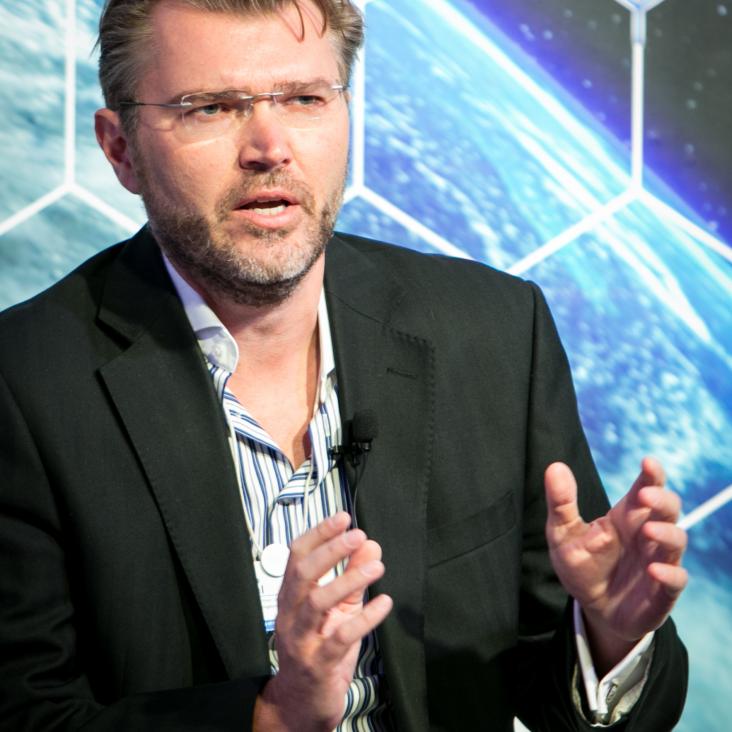Work extraction from tripartite entanglement
New Journal of Physics 7 (2005)
Abstract:
It has recently been shown that the work extractable from correlated bipartite quantum systems under an appropriate protocol can be used to distinguish entanglement from classical correlation. A natural question is now whether it can be generalized to multipartite systems. In this paper, we devise a protocol to distinguish the GHZ, the W, and separable states in terms of the thermodynamically extractable work under local operations and classical communication, and compare the results with those obtained from Mermin's inequalities. © IOP Publishing Ltd and Deutsche Physikalische Gesellschaft.Thermodynamical cost of accessing quantum information
Journal of Physics A: Mathematical and General 38:32 (2005) 7175-7181


